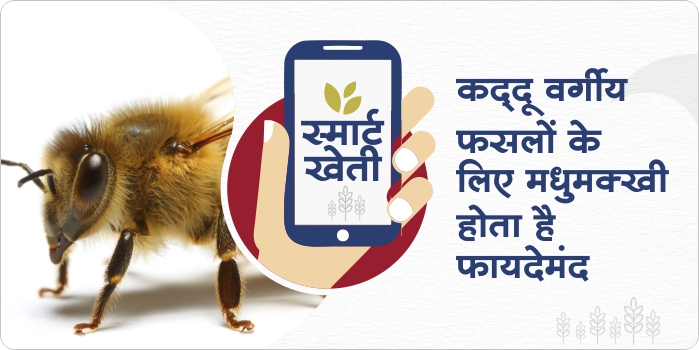- Potash is very important for good fruit production in tomato crops.
- In the initial stage of crop, the use of potash from the soil is very necessary for the development of tomato roots.
- Potash is an essential nutrient for tomatoes.
- Potash plays a very important role in transporting the synthesized sugars to fruits in plants.
- Potash promotes the activity of natural nitrogen.
- Potash is essential for the production of lycopene necessary for the dark red colour of tomatoes.
- Potash increases the weight of tomato fruit.
ShareRead these articles written on your every crop related information and advice and also Share it with your friends by clicking the share button below.










